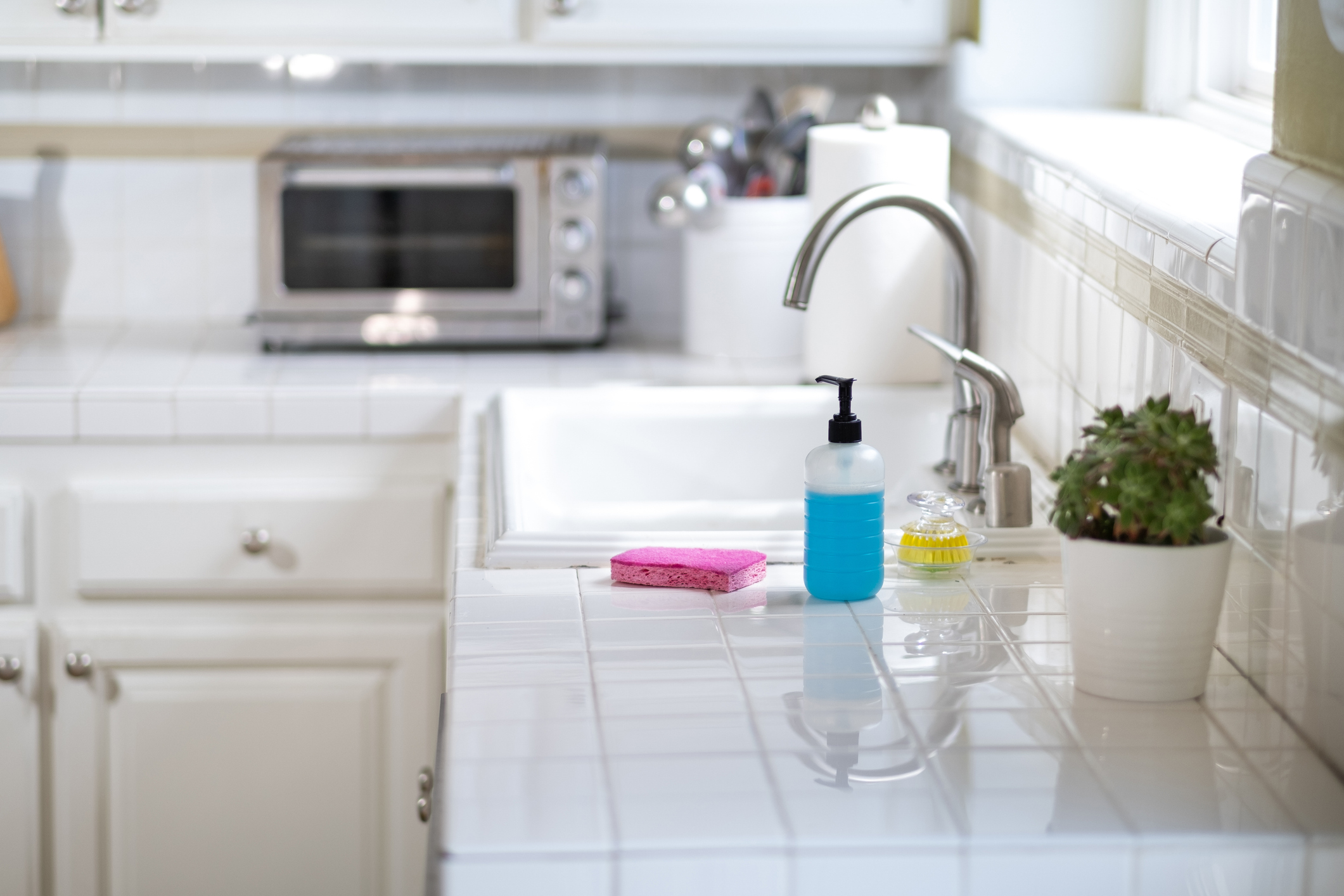

From well-known dangers, like E. coli and staph, to lesser-known villains, such as Klebsiella and Brevundimonas, our kitchens are hosts to a world of bacteria.
You may never realize it’s there unless you’re hit with a food-borne illness that seems to strike out of nowhere.
While you might figure the damp sponge sitting next to your sink is a likely hotbed of bacteria, researchers say there is another spot in our kitchens we should also pay attention to.
Considering how it’s used — you might never suspect germs could flourish there…
Capable of surviving radiation
According to a study published in Frontiers in Microbiology, “Even the microwave oven in your kitchen is not immune to bacteria.”
Shocked? I was…
You’d think the high heat levels and electromagnetic radiation a microwave emits when in use would kill any germs lurking in its interior.
But how wrong I was!
In fact, after swabbing the insides — including the walls and rotating platter — of microwave ovens, scientists identified over 100 bacterial strains living in them.
DNA analysis of the bacterial colonies found these types living in kitchen microwaves:
- Proteobacteria
- Firmicutes
- Actinobacteria
- Bacteroidetes
- Klebsiella
- Brevundimonas
The first four on this list are types of bacteria commonly found on human skin and surfaces that people touch on a regular basis.
However, the last two, Klebsiella and Brevundimonas, are known to cause food-borne diseases.
According to the researchers, it’s not clear how these bacteria are able to survive in microwave ovens, but somehow, they’ve found a way to adapt to getting “nuked.”
Cleaning your microwave to kill germs
When asked about the results of the study, microbiologist, Manuel Porcar pointed out that the bacteria found inside the microwaves were the same ones you can expect to find on your countertops, in that kitchen sponge, on your refrigerator door handle or on any surface in your kitchen.
“Some of them are pathogenic, and one must clean the microwave as much as any other kitchen surface,” he advised.
So, as long as you clean it thoroughly, there’s “Nothing to be more worried about than the cleaning of any other part of a kitchen in contact with food,” he added.
To clean your microwave:
- Put the turntable in the dishwasher or wash it by hand with hot, sudsy water and a non-scratch scrub sponge.
- Combine one tablespoon of vinegar or lemon juice with a cup of water and place in the microwave. Heat mixture for two to five minutes to allow the microwave to fill up with steam and loosen caked-on grime.
- Wipe down the interior with dish soap and warm water to remove food particles and grease.
To keep bacteria at bay, sanitize your microwave at least once a week, making sure to clean up spills as soon as they happen.
Sources:
More than 100 bacteria species can flourish in microwave ovens – ScienceNews

